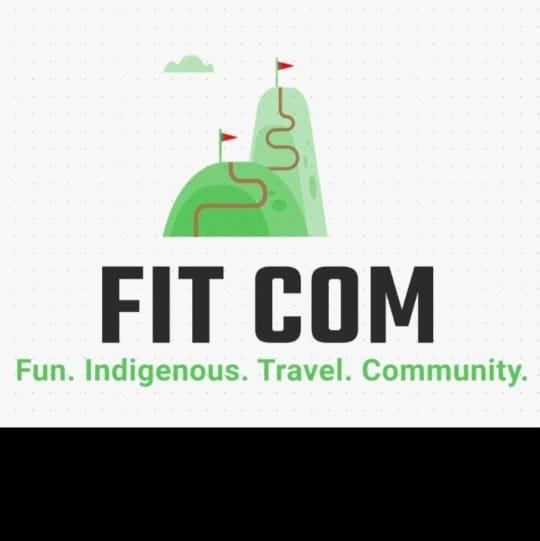FitCom
Travel smarter with reduced carbon footprint with Team Archaeopteryx. Say Yes to Clean Skies, No to Polluted Lies.
Created on 12th February 2023
•
FitCom
Travel smarter with reduced carbon footprint with Team Archaeopteryx. Say Yes to Clean Skies, No to Polluted Lies.
The problem FitCom solves
Our idea is based on the problem statement of “commuting smarter with reduced carbon footprint and better user experience”. We are focussing on enriching travel experiences and reducing carbon emissions released from road transportation by gamifying the journey of daily commuters. Our app wants to motivate people who tend to use personal conveyance to switch to public means of transport. Just Imagine the time, energy, money, and lives we can save just by diverting people to public transport. Our app will also achieve sustainable development goals. Sdg13, SDG 3, and SDG 11.We came up with this because in Delhi, traffic congestion was a huge issue and because of the air pollution due to that we weren't able to commute outside especially in Nov. So why not solve this issue with the help of twist that is by making a game and diverting the traffic towards greener commute. To solve this grave issue we ve introduced Fitcom which stands for Fit Indigenous Travel community.
It's a web app that keeps you enthralled while you commute by gamifying your journey.
Challenges I ran into
Challenges we ran into while implementing FITCOM, First was deciding our UI, we had to brainstorm a lot while designing it. Second was our feature of live tracking, we faced problems in locating the real-time and exact location of our user, We were facing issues in the real-time updation of location with changes in latitude and longitude, but in the end, we were able to make the marker show updated position in realtime. Our third feature was to detect the mode of transportation of the user, we studied a lot of research papers and faced difficulties while collecting transportation network data from GitHub repositories and GPS sensor data from our mobile phones. We were going to use this data to create a classification feature set that we use to train our classification model and test inference models including Bayesian Net, Decision Tree, Random Forest, Naïve Bayesian, and Multilayer Perceptron, but due to less time were not able to complete this. But there's a hope in the end of tunnel, we didn't lose our faith even though it seems tough for the implementation. We spent nights working and developing this prototype.
Technologies used
